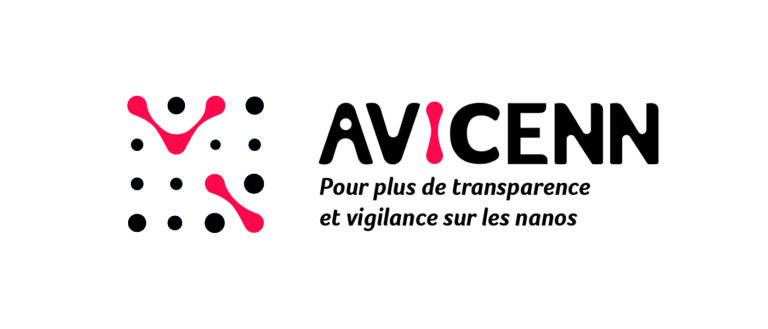Le maïs Bt est-il économiquement intéressant ?
Une étude de C. Benbrook (US Northwest Science and Environmental Policy Center), réalisée auprès d’agriculteurs ayant cultivé du maïs Bt entre 1996 et 2001, démontre que ces derniers ont perdu environ 92 millions de dollars. Cette perte est liée à la différence entre l’achat des semences Bt et le revenu des agriculteurs, et à l’opposition de l’Union Européenne à l’importation de ce maïs.
GMO Bt Corn Costs Farmers
Institute for Agriculture and Trade Policy, USA, Press Release, December 13, 2001
GMO Bt Corn Costs Farmers
New Economic Analysis Finds Surprising Variability in Bt and Conventional
Corn Yields Price — A Poor Indicator of Performance
Minneapolis — Over the last six years, farmers who planted genetically
modified Bt corn have lost $92 million or an average of about $1.31 per
acre, according to the first farm-level economic analysis of the product.
« When Does It Pay to Plant Bt Corn : Farm-Level Economic Impacts of Bt Corn,
1996-2001 », is by Dr. Charles Benbrook of Benbrook Consulting Services. Dr.
Benbrook previously served as the Executive Director of the National
Academy of Science Board of Agriculture.
The report found that from 1996-2001, American farmers paid at least $659
million in price premiums to plant Bt corn, while boosting their harvest by
only 276 million bushels — worth some $567 million in economic gain. The
bottom line for farmers is a net loss of $92 million — about $1.31 per acre.
« On average, yield increases due to Bt corn have not increased farm income
enough to cover the higher costs of Bt seed », says Dr. Benbrook. « The jump
in per acre seed expenditures with Bt corn is by far the biggest in history
linked to a single new trait. »
Bt corn is genetically engineered to express the protein-based toxins of Bt
in plant tissues for the control of two Lepidopteran insects, the European
Corn Borer (ECB) and the Southwestern Corn Borer (SWCB). The economic value
of using Bt corn depends largely on whether infestation levels of ECB/SWCB
impact yields.
« We estimate that the U.S. has foregone about 350 million bushels of corn
export sales to the European Union since 1996/97 largely because the EU
doesn’t want GMOs », says Dan McGuire, of the American Corn Growers
Association (ACGA). « The findings of this report are part of a triple
negative for farmers : lost corn exports, lower corn prices and less net
profit from GMO (Bt) corn, which is why the ACGA cautions farmers on their
seed choices. »
« At this point, in most cases Bt corn doesn’Õt pay for farmers », says
Kristin Dawkins, of the Institute for Agriculture and Trade Policy — a
member of Genetically Engineered Food Alert. « We hope this report helps
farmers get better numbers about the costs associated with GMO crops so
they can make informed planting decisions. »
This report is part of series being published by the Institute for
Agriculture and Trade Policy and Genetically Engineered Food Alert on
economic and legal issues related to genetically engineered crops.
Click here to read a four page summary of the report.
http://www.gefoodalert.org/library/admin/uploadedfiles/
WhenDoes_It_Pay_to_Plant_Bt_Corn_Farm-Level_Ec.pdf
Click here to read the report in full.
http://www.gefoodalert.org/library/admin/uploadedfiles/
showfile.cfm ?FileName=When_Does_It_Pay_To_Plant_Bt_Corn.pdf
Contact :
Ben Lilliston, Institute for Agriculture and Trade Policy, +1-612-870-3416
Dr. Charles Benbrook, Benbrook Consulting Services, +1-208-263-5236













